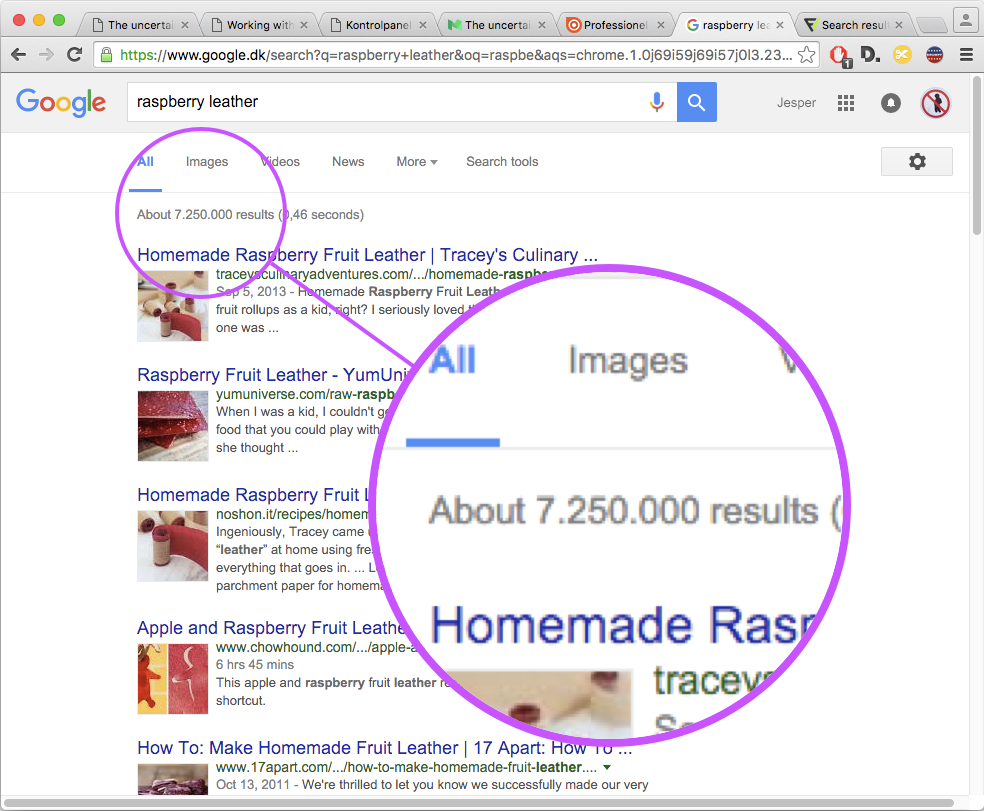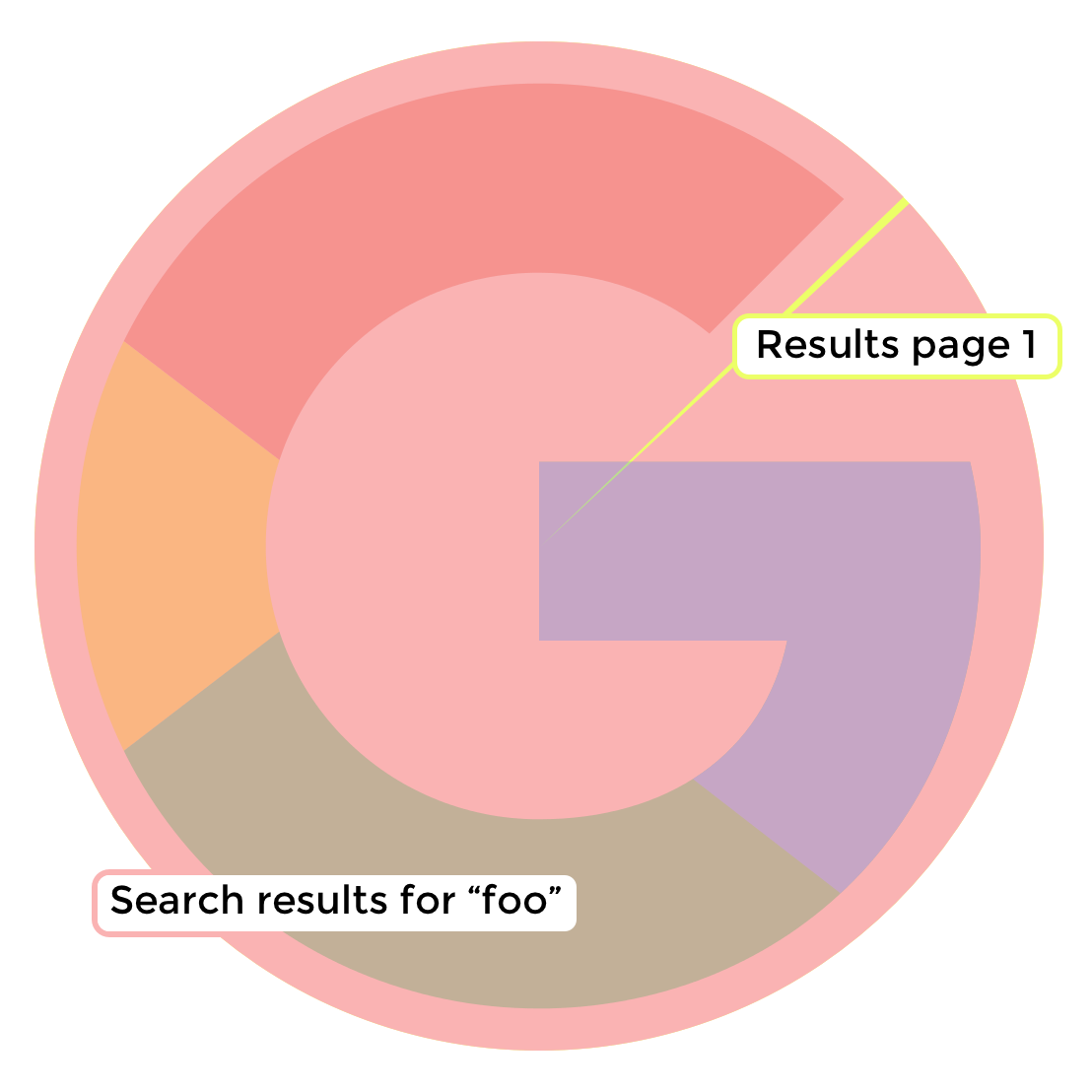Working with the 90%
Given my specialties, my work tends to extend into the area of marketing a lot. After all, creating and maintaining good customer relationships also involves finding new potential customers and convincing them to come on board, as well as communicating with existing ones in compelling and relationship-sustaining ways.
Also, working with web & digital (including building websites and -shops myself) I know and care about SEO and such – if online “findability” isn’t at least some part of your marketing strategy, it should be. It matters.
However, I’m going to say some things about it now that you don’t hear as often as I think you should – especially if you’re a small or medium enterprise. At its heart, this article is going to be about Return on Investment, so I’m sure you’re going to want to read on. Let’s do this.

I’ve written about advertising before – and probably will again – so I won’t go into intricate detail here, but just point out that most of the money spent on it, objectively speaking, is as wasted as if you’d lit it on fire and thrown it out of the window. There’s an adage in the business: “half the money spent on advertising is wasted – only, nobody can tell you which half” – in reality, though, and given how very few of your ads lead to a sale, it’s probably more than that.

This is part of the reason why online marketing, including SEO, Adwords, retargeting etc., hits a note – the conceit is that this is a 1:1 deal: You only pay for the ads which are actually consumed by at least one potential customer.
The reality, however, is still that subjecting a person to an ad doesn’t inexorably lead to one (1) sale. Adwords too, for example, may still have a 1:100 click rate or lower – which, yes, sends that individual to your site/shop but doesn’t guarantee they’ll buy anything there.
As far as SEO goes there’s the “Google paradox”: – everything is now so easy to find that it’s getting hard to be found. If any search will yield hundreds of thousands of results (and since there’s almost 1 billion websites in existence, it will), and the measure for success with SEO is being on the first result page, preferably at the top, even the best SEO will still only give you 10 or 20 out of hundreds of thousands, or even millions, of chances of nailing it.
Similarly, thousands of ads compete for any indivual’s attention all of every day, meaning that even the best possible campaign still has to land among the dozen-or-so she actually experiences – and it also has to work on her. In short, being findable doesn’t equal being found, and being found doesn’t equal making a sale.
So what is my suggestion, then?
Well, trying to land one of those “a few dozen out of a million” hits described above is fine if you have a large marketing budget. If you don’t, I suggest trying to find out how to work with the other 90% – which is actually a whole lot more than 90% if you think about it.
Considering your (current and/or preferred) audience, what can you do that doesn’t land you in competition with companies with much bigger budgets than you?
This is an area where understanding your audience can border on having superpowers. I’ve been known to say things like “it’s not about getting a lot of attention, it’s about getting the right attention”. What this means, for example, can be something as simple as building a mailing list the right way – you know, so that it’s 5.000 deeply engaged recipients, some of whom buy something every time you send out a newsletter, tell their friends about you etc., rather than 50.000 indifferent ones who never buy anything or even open the email. This goes for social media as well: Going for the right likes/fans can be very profitable, while getting 100 times as many uninteresting ones can actually hurt your business and end up giving you less attention. This is obvious once you know how algorithmic sorting works: – if you have 1000 fans and get 10 likes, 1% of your users have engaged, but if you have 1.5 million fans and get 200 likes, it’s only 0.013%. This makes the algorithm consider the latter far less popular with your audience, giving it a lower display priority. That means fewer people see it, and even fewer people interact with it… you get the point.

Also, for those big companies with the big budgets, it’s going to be impossible to actually meet the customers where they are – but you, being smaller, more agile, perhaps local, and concerned with what matters to people, you can, in fact, do that. Literally or digitally. Being agile, there’s also a much greater opportunity for you for keeping your company’s central values and propositions close to both you and your customer, giving the two of you a common frame of reference and building a meaningful relation.
And a relation is impossible for your competitor to copy or steal. Not difficult. Impossible.




